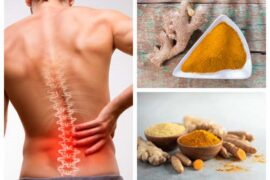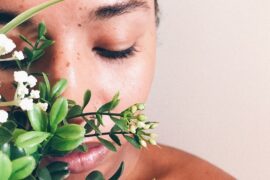Amazing Agnimantha
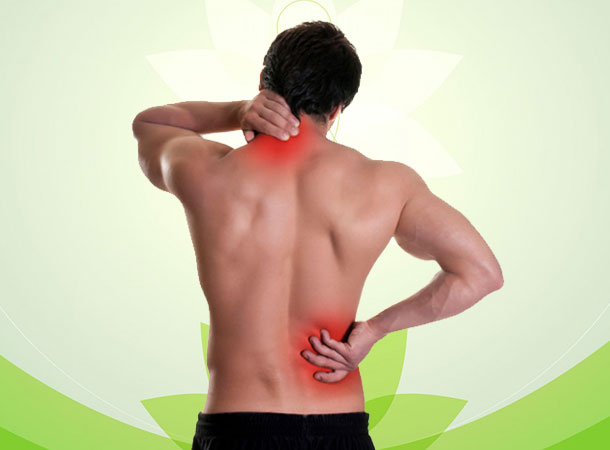
Agnimantha or Arni holds an important place in Ayurveda and traditional Indian Medicine System, mainly due to its highly effectiveness in treatment of cardiac ailments and oedema. But that is not all; it has several other medicinal properties and health benefits that give Agnimantha such an important place.
Instances of its uses in ancient India have been cited in Ayurveda and Siddha system of medicines. Its root forms one of the ten key ingredients of an Ayurvedic formulation called Dashamula or Dashamularista (Dasha – Ten, Mula – Root). Its bark and stem is an integral component of Chyavanprash, an Ayurvedic health tonic and owing to its anti-inflammatory (acting to reduce certain signs of inflammation, as swelling, tenderness, fever, and pain) and analgesic (pain relieving) action, it can be a very effective herb in the treatment of back pain.
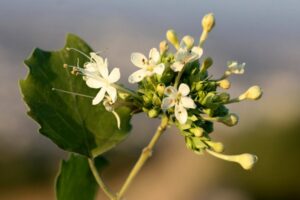
‘Agni’ means fire, while ‘mantha’ means churning. In ancient times, its wood pieces were rubbed with each other to generate fire, hence the name, Agnimantha. Botanically, Agnimantha is known as Clerodendrum phlomidis, belonging to the family Lamiaceae. The name Clerodendrum is from the Greek kleros meaning chance, and dendron, meaning a tree, and alludes to a native legend that the plants possessed medicinal properties, which were a possible cure for certain ailments.
In Ayurveda and Siddha systems of medicine, Clerodendrum phlomidis is used as a single drug or in combination with other drugs. It is constituted in a number of Ayurvedic formulations indicative for digestive disorders, acidity, gas troubles, diarrhoea, liver tonic and general health tonic. Clerodendrum phlomidis leaf is used as remedy to treat diabetes in southern parts of India, especially by the tribes of Nilgiris, Tamil Nadu. The other traditional uses of leaf juice are to treat dyspepsia, fever, hypertension, high cholesterol and for stimulating intestine as a peristalsis agent. The oil extracted from leaf is an ingredient of many stress/pain relief massage oil blends and many polyherbal formulations that are used as rejuvenative tonic. In case of erysipelas (bacterial skin infection involving the upper dermis) and glandular enlargement, the paste of Agnimantha and bamboo leaves is applied externally.
How does it look like?
Agnimantha appears as a large shrub or small tree growing upto 1.5-3 metres tall, stem is ashy-grey and branches are velvety. Leaves are ovate, opposite, deltoid, hairy from below and wavy. The flowers are in small rounded terminal panicle and bloom in August to February. Flowers are creamy-white or pale yellowish, about 1.5 cm across. Calyx is bell-shaped, hairless, pale or somewhat yellowish green, somewhat inflated, 5-lobed, Sepals are 4-5 mm long, ovate-triangulate, Flower-tube is 2-2.5 cm long, much narrower than the calyx, velvety outside. Petals are 5, nearly equal, ovate-elliptic. Drupe is obovoid, 8-12 mm long, black, wrinkled, usually 4-lobed, enclosed by the persistent calyx, seeds oblong, white.
Where is it found?
Agnimantha is a medium sized plant that grows in open and dry areas. It is a fairly common shrub of arid plains, low hills, and deserts of western India, Sri Lanka and Burma.
Ayurvedic Properties and Uses
Following are the Ayurvedic properties and action of Agnimantha on body: Rasa (taste): tikta/bitter, katu (pungent) kashaya/astringent, Guna (characteristics): laghu/ light, ruksha/dry, Veerya (potency): ushna/hot, Vipaka (post digestive effect): katu/pungent and Action on body: hot in potency reduces phlegm, reduces wind/vata.
Agnimantha is ingredient of many Ayurvedic medicines such as Chyavanprash, Dashmularishtha, Dashmool Ghrita, Narayan Taila, Gorochandi Vati etc. For medicinal purpose, generally the roots and leaves of Agnimantha tree are used. The pulp obtained from the crushing of the leaves is applied externally on swellings.
The decoction of the root is aromatic, astringent and used as a demulcent in gonorrhoea. The juice of leaves is used as an alternative and bitter tonic. It is also given to children during convalescence from measles. In southern India, the juice of leaves is given in neglected syphilitic complaints in doses of half an ounce or more twice daily. The tribals rub the plant over their bodies in dropsy (oedema). The plant is also reported to be useful in inflammation, glycosuria (sugar in urine), pox, coryza (inflammation of the mucous membrane in the nose), scrotal enlargement and postnatal complaints.
How to grow it in your garden?
Agnimantha is propagated by semi-hardwood stem cuttings, directly on to the polybags. Sprouting is observed after 15 days and onset of rooting starts after 20-30 days. After three months, the saplings are transplanted.
What are the Vernacular names?
Agnimantha is knowns as Arni in Bengali and Hindi, Taggi gida in Kannada, Takalimula in Marathi, Taluki in Telugu, Munja in Malayalam, Ganiary in Oriya and Jaya, Sriparni, Gankarika or Agnimantha in Sanskrit.
Self Help
Agnimantha roots are used in treatment of variety of diseases such as inflammation, jaundice, piles, constipation, impaired digestion, gulma (abdominal tumours/ lumps etc), painful urination and retention of urine. The decoction of roots is used for obesity. In case of erysipelas (bacterial skin infection involving the upper dermis) and glandular enlargement, the paste of Agnimantha and bamboo leaves is applied externally.
For Back Pain
Make a paste of Agnimantha root by rubbing it on a rough stone slab, mix it with lime juice and apply externally on the lower back where the pain is. This should be done for seven days.
For Freckles and Black spots
For freckles, the bark paste in milk is applied topically for a fortnight.
For Swellings
The roots of Agnimantha are boiled in water to make decoction and given in dose of 100 ml to treat swelling in body.
For Utricaria
Agnimantha root powder is given internally in dose of two grams with desi ghee for six days. The decoction of root is also useful in blood purification and treating skin diseases.
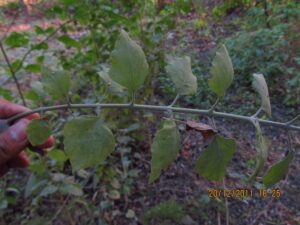
For Abdominal discomfort
The cooked leaves of Agnimantha eaten as saag, (curry) help to reduce abdominal gas and discomfort. In constipation, the leaves and Haritaki (harad) decoction is given.
For Piles
The decoction of leaves is given and poultice is applied on affected body area.
At I-AIM Healthcare Center, we use an integrative approach with medicinal plants, authentic Ayurveda, Acupuncture and Yoga for treating back pain effectively.
For Consultation, Treatments and appointment bookings,
Call: 080-28567000/ +91-8050347000/ +91-7204377000
www.iaimhealthcare.org

